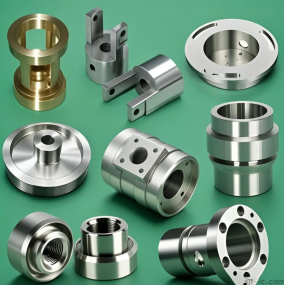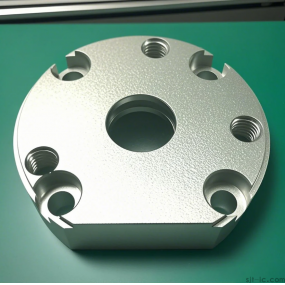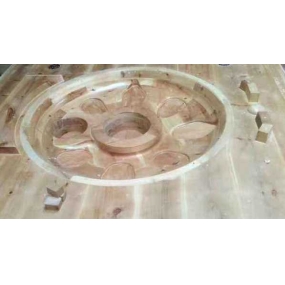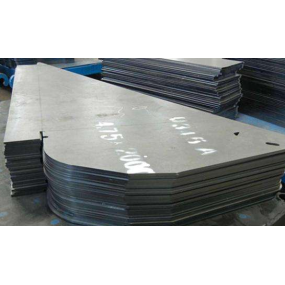Deep drawing is a common forming method in Metal Stamping processing. However, there are often some difficulties encountered during the deep drawing process, one of which is how to choose the appropriate mold fillet radius.

The fillet radius of the mold has a significant impact on deep drawing forming. If the fillet radius is too small, it can cause scratches, dents, and other problems on the surface of the workpiece; If the fillet radius is too large, it will cause distortion and deformation of the workpiece. Therefore, choosing the appropriate mold fillet radius is crucial.
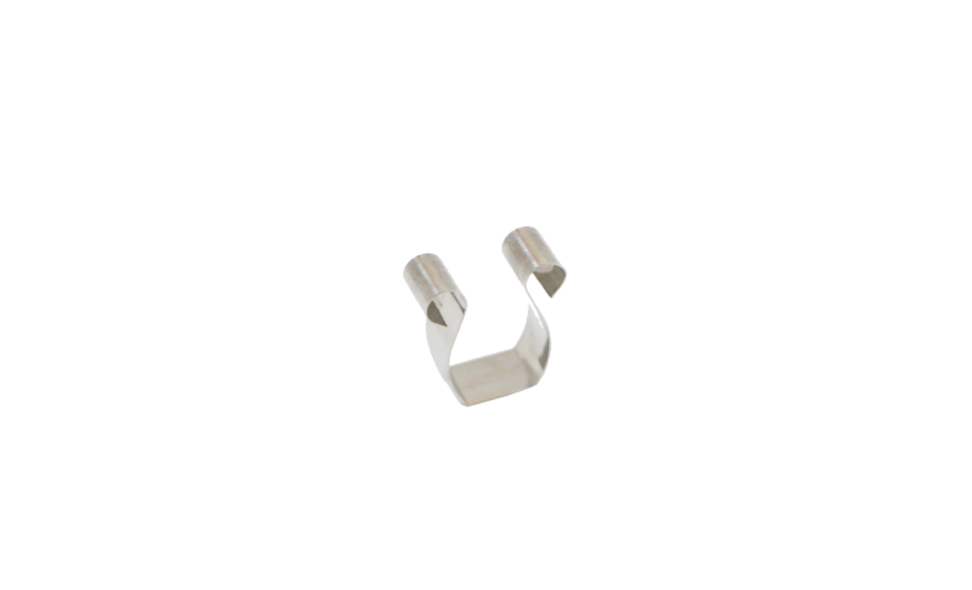
So, how to choose the appropriate mold fillet radius? Generally speaking, the following factors need to be considered:
1. Material properties: Different materials have different plasticity and ductility. Therefore, when selecting the appropriate mold fillet radius, it is necessary to adjust it according to the properties of the material.
2. Workpiece shape: Workpiece shape also affects the selection of mold fillet radius. For example, for workpieces with complex shapes, it may be necessary to choose smaller fillet radii; For workpieces with simple shapes, larger fillet radii can be chosen.
3. Deep drawing depth: The depth of deep drawing also affects the selection of the fillet radius of the mold. Generally speaking, as the depth of deep drawing increases, the required fillet radius of the mold will also increase accordingly.


 Spanish
Spanish Arabic
Arabic French
French Portuguese
Portuguese Belarusian
Belarusian Japanese
Japanese Russian
Russian Malay
Malay Icelandic
Icelandic Bulgarian
Bulgarian Azerbaijani
Azerbaijani Estonian
Estonian Irish
Irish Polish
Polish Persian
Persian Boolean
Boolean Danish
Danish German
German Filipino
Filipino Finnish
Finnish Korean
Korean Dutch
Dutch Galician
Galician Catalan
Catalan Czech
Czech Croatian
Croatian Latin
Latin Latvian
Latvian Romanian
Romanian Maltese
Maltese Macedonian
Macedonian Norwegian
Norwegian Swedish
Swedish Serbian
Serbian Slovak
Slovak Slovenian
Slovenian Swahili
Swahili Thai
Thai Turkish
Turkish Welsh
Welsh Urdu
Urdu Ukrainian
Ukrainian Greek
Greek Hungarian
Hungarian Italian
Italian Yiddish
Yiddish Indonesian
Indonesian Vietnamese
Vietnamese Haitian Creole
Haitian Creole Spanish Basque
Spanish Basque



